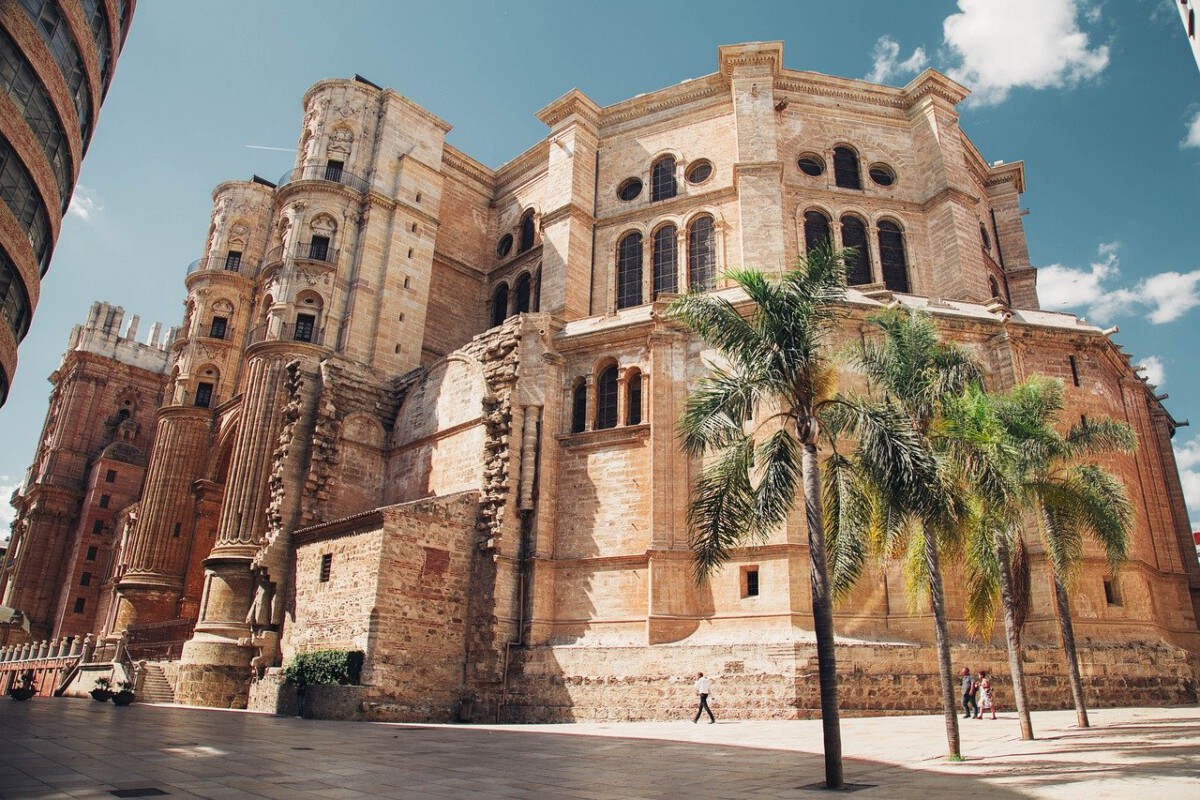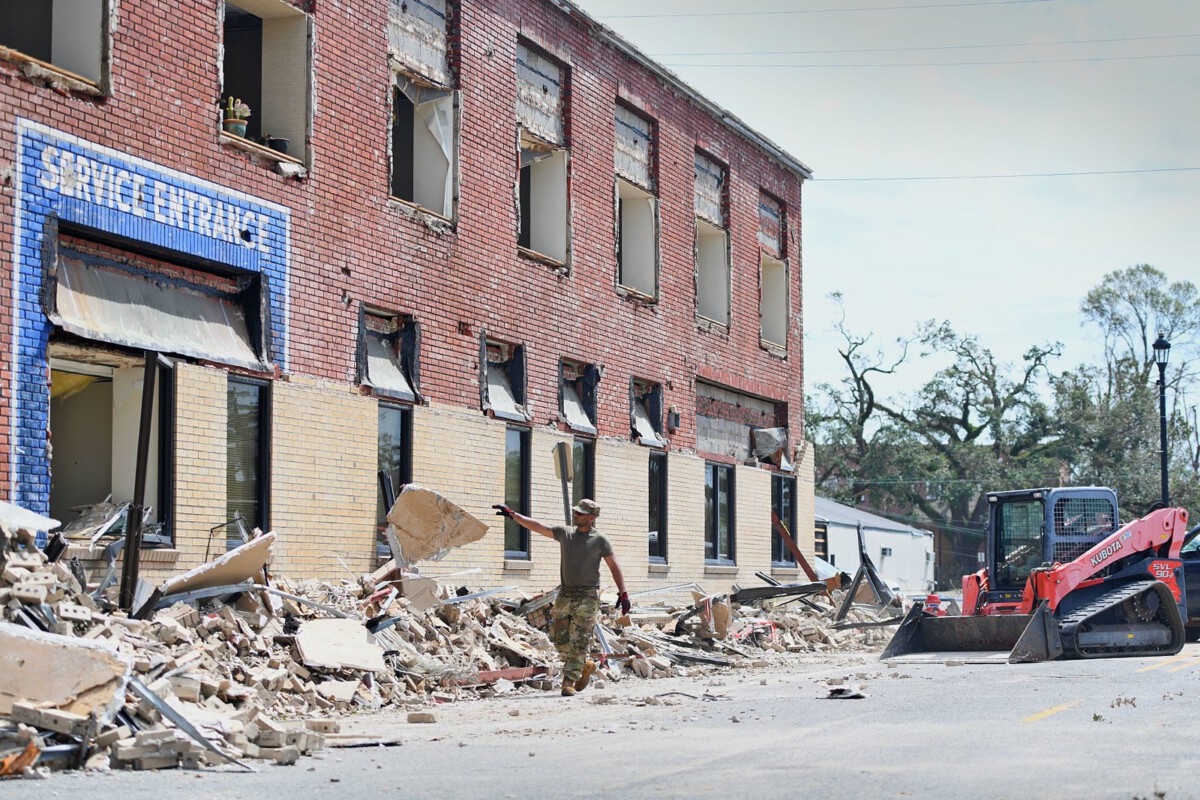The Golden Mile: Varosha’s Glittering Past Before 1974

Once dubbed the “French Riviera of Cyprus,” Varosha in Famagusta was a shimmering hub for celebrities and jet-setters. In the early 1970s, the city’s beachfront hotels—like the Argo and King George—were often fully booked by international tourists. According to the Cyprus Statistical Service, Varosha accounted for nearly 40% of all tourist bed capacity on the island by 1973. Stars such as Brigitte Bardot and Elizabeth Taylor vacationed here, and the city was famous for its vibrant nightlife and golden sands. Shopping promenades bustled with luxury shops and cafes, drawing both locals and travelers. Reports from the time describe a cosmopolitan atmosphere, with up to 10,000 visitors on peak weekends. The city’s prosperity abruptly ended with the Turkish invasion in 1974, freezing it in time.
The 1974 Invasion: The Day Varosha Became a Ghost Town

On July 20, 1974, Turkish forces landed in Cyprus following a coup backed by Greece. Within days, Varosha’s 39,000 Greek Cypriot residents fled, abandoning homes, businesses, and personal belongings. The UN Buffer Zone was established, and Varosha was fenced off by the Turkish military, rendering it completely inaccessible to civilians for decades. The United Nations Peacekeeping Force in Cyprus (UNFICYP) estimates that, as of 2024, over 17,000 original property claims remain unresolved. Aerial photographs from 1975–2024 show entire streets overrun by vegetation and decaying buildings. The European Court of Human Rights has repeatedly cited Varosha as a symbol of unresolved conflict, with no return permitted for its pre-1974 residents despite international resolutions.
The Barbed Wire City: Military Control and Decades of Silence

For more than four decades, Varosha sat behind barbed wire and “Keep Out” signs. The Turkish military maintained strict control, allowing no access except for patrols and maintenance. According to a 2023 report by the Peace Research Institute Oslo, Varosha’s perimeter was guarded 24/7 by Turkish troops, and satellite images revealed minimal human movement. The United Nations Security Council reaffirmed in Resolution 550 (2024) that any attempts to settle Varosha by anyone other than its original inhabitants are inadmissible and called for the area to remain under UN administration. Despite growing international pressure, the city remained eerily silent, with only rumors of illicit looting and scavenging ever surfacing, none of which have been officially confirmed.
Surreal Decay: Nature’s Takeover of Hotels and Homes

Nature has dramatically reclaimed Varosha’s once-luxurious landscape over the past 50 years. By 2024, the city’s iconic high-rise hotels are crumbling, with glass windows shattered and walls overtaken by thick vines. The Cyprus Department of Antiquities conducted a drone survey in March 2024, revealing that over 70% of Varosha’s buildings now suffer from severe structural damage. Olive trees burst through cracked asphalt, and feral cats and birds have turned abandoned cafes into nesting grounds. The beaches, once meticulously groomed, now host loggerhead turtles, with the Cyprus Wildlife Federation documenting a 40% increase in turtle nesting since 2019. The city’s decay has become a living museum of both human ambition and abandonment.
Ghost Stories and Urban Legends: Myths That Refuse to Die

Varosha’s long isolation has spawned a host of urban legends and ghost stories. Locals whisper about “haunted hotels” and apparitions glimpsed behind broken curtains. In 2024, the Cyprus Folklore Research Center catalogued 53 distinct Varosha myths circulating on social media and local forums, including tales of secret underground passages and hidden treasures left behind by fleeing residents. Some claim to have seen the “Lady in White,” said to be the spirit of a hotel manager who refused to leave. A 2023 survey by the University of Nicosia found that 61% of Cypriots believe Varosha is haunted or cursed, adding another layer of mystery to the city’s ruins. These stories have become part of the city’s enduring identity, fueling both fascination and fear.
The Opening of the Fences: 2020 and the Controversial Reopening

In October 2020, the Turkish Cypriot administration—supported by Turkey—partially reopened Varosha’s beachfront to visitors for the first time in 46 years. The move was condemned by the European Union and the United Nations, with the EU Commission President in 2024 reiterating that the reopening contravenes international law. According to the Turkish Cypriot tourism office, over 400,000 people visited the reopened section between October 2020 and April 2024. The reopened streets remain under Turkish military control, with visitors allowed only during daylight hours and barred from entering buildings. The partial opening sparked protests from Greek Cypriots, who see it as erasing hopes for reunification. The issue remains a lightning rod in ongoing peace talks.
Property Rights and Legal Battles: The Fight for Ownership

Varosha’s abandoned properties are the focus of bitter legal disputes. The Immovable Property Commission (IPC) in the Turkish-controlled north has received more than 1,500 formal claims from original Greek Cypriot owners since 2021. In December 2024, the European Court of Human Rights ruled in favor of several claimants, awarding compensation for lost use of their properties. However, implementation remains slow, and the Republic of Cyprus maintains that any transfer or sale of property in Varosha without the consent of its rightful owners is illegal. A 2025 report by the International Crisis Group notes that legal ambiguity and political deadlock have left most cases unresolved, with ownership documents locked in Cypriot archives and access still denied to most claimants.
Political Chessboard: Varosha’s Role in Cyprus Peace Talks

Varosha has become a bargaining chip in Cyprus’s protracted peace negotiations. In the latest round of UN-mediated talks in Geneva in March 2024, representatives from both the Republic of Cyprus and the Turkish Cypriot administration cited Varosha as a central obstacle. Turkish Cypriot leader Ersin Tatar has repeatedly stated that reopening Varosha is a “sovereign right,” while Greek Cypriot President Nikos Christodoulides called it a “red line” for reunification. The UN Secretary-General, in a May 2024 report, emphasized that Varosha remains a symbol of division on the island, with its fate tied to broader questions of security, governance, and property restitution. No breakthrough has been achieved, and Varosha’s status continues to influence regional relations.
Tourism, Instagram, and the Ethics of Ruin Gazing

Since the partial reopening, Varosha has become a social media sensation. Influencers and tourists post haunting images of deserted streets and seaside hotels, often using the hashtag #Varosha. According to Visit North Cyprus, Varosha’s visitor numbers in 2024 surpassed those of any other site in northern Cyprus. However, this surge has sparked ethical debates. A 2024 study by the University of Famagusta found that 68% of Greek Cypriots disapprove of “ruin tourism” in Varosha, calling it disrespectful to dispossessed families. Some tour operators have been criticized for offering “war zone tours,” prompting the Turkish Cypriot administration to issue new guidelines in January 2025 limiting commercial exploitation. The city’s strange appeal as both a tragedy and a spectacle remains hotly contested.
The Future Unwritten: Rehabilitation, Return, or Ruin?

As of April 2025, the future of Varosha is uncertain. The Republic of Cyprus continues to demand the return of the city to its lawful inhabitants, as outlined in UN Security Council resolutions. Meanwhile, Turkish Cypriot authorities have announced limited plans for restoration, including the conversion of some buildings into museums and public spaces. The Famagusta Municipality, in a 2025 public statement, expressed hope for international cooperation to rehabilitate the area and preserve its historical significance. Environmental groups warn that further development could threaten the fragile ecosystems that have taken root in Varosha’s ruins. With peace talks stalled and no clear roadmap, Varosha remains a powerful symbol of both loss and longing—its fate suspended between memory, myth, and modern-day geopolitics.


